#Shaanxi
Text

This is one of the only terracotta warriors that was found almost completely intact.
Note the detail on the bottom of his shoe, showing that grip and traction were considered in footwear even 2,200 years ago.
Each life-sized clay warrior was crafted to be completely unique and there are no two terracotta warriors-among the 8,000 total—that are exactly the same.
Shortly after the completion of the tomb in 210-209 BC, it was looted for weapons and burned, causing the roof to collapse, crushing the terracotta warriors.
All the other terracotta warriors that are currently on display were painstakingly restored.
What's even more remarkable is that the terracotta warriors were originally painted in bright colors by skilled artisans.
Unfortunately, when they were exposed to air and sunlight during the excavation in the 1970s, the colors began to curl up almost immediately and disappeared within minutes.
These terracotta warriors were put in place to guard the tomb of the first emperor of unified China — Qin Shi Huang (18 February 259 BC – 12 July 210 BC).
To this day, the tomb has yet to be opened.
According to ancient historians, the tomb contains an entire kingdom and palace in which the ceilings are decorated with pearls to mimic the night sky.
The tomb is also said to contain extremely rare artifacts and has been rigged with crossbows to shoot anyone trying to break in.
To keep its location a secret, the workers were entombed with the emperor.
As described by Han dynasty historian Sima Qian (145-90 BCE) in the Records of the Grand Historian, he mentioned that inside the tomb, "mercury was used to fashion the hundred rivers, the Yellow River and the Yangtze River, and the seas in such a way that they flowed."
Modern tests have indicated extremely high levels of mercury in the surrounding soil.
#Qin Shi Huang#terracotta warriors#Qin Dynasty#China’s First Emperor#clay warrior#Terracotta Army#Mausoleum of the First Qin Emperor#funerary art#Ancient Chinese Warfare#military power#terracotta sculptures#Shaanxi#China
121 notes
·
View notes
Text

Rural Peasant. Yana, Shaanxi Province, China. 2000
Photo: Liu Zheng
64 notes
·
View notes
Text



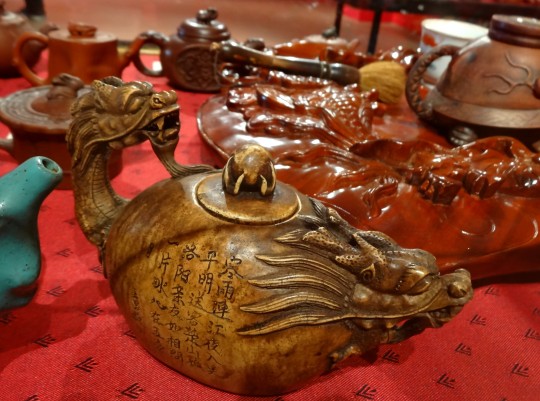
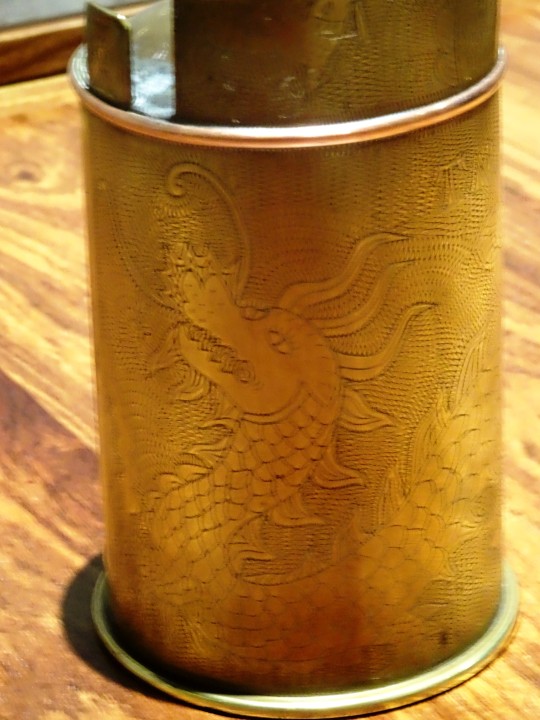
L'année du Dragon arrive !
Une longue série de dragons arrive...
Bruxelles - Boutique de Tintin (le Dragon du "Lotus Bleu")
Marseille - MAMA (Maison de l'Artisanat et des Métiers d'Art) - expo "Marionnettes et Théâtres d'ombres d'Asie" - Shaanxi
Marseille - Musée Borély (Musée des Arts Décoratifs, de la Faïence et de la Mode) - expo "Jade, promesses d'éternité'' - zun, récipient en or pour libations
Marseille -MAMA - expo "Le Printemps des Thés" - Chine
Marseille - MuCEM - pipe à opium (art des tranchées)
#dragon#année du dragon#monstre#bruxelles#tintin#le lotus bleu#marseille#MAMA#maison de l'artisanat et des métiers d'art#marionnette#théâtre d'ombres#chine#shaanxi#jade#borély#musée borély#jade promesse d'éternité#le printemps des thés#théière#pipe à opium#opium#tranchées#art des tranchées#ww1#première guerre mondiale#zun#musée des arts décoratifs de la faïence et de la mode
13 notes
·
View notes
Text
Population: 12,952,907
Note that Xi’an is also sometimes romanized as Hsi-an.
11 notes
·
View notes
Text
From hope of healing to lasting legacy discover the tale of how the miraculous power of Buddha’s finger bone sparked an emperor's faith and a monk's devotion, leaving an indelible mark on the path of Buddhism.
17 notes
·
View notes
Photo

By World_Walkerz
Xi'an, Shaanxi Province, China
#curators on tumblr#travel#china#asia#terracotta army#xian#east asia#shaanxi#shaanxi province#world walkerz#architecture#want to go
15 notes
·
View notes
Text
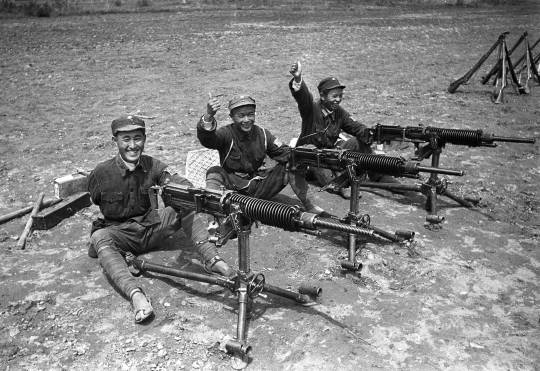
Soldats chinois communistes de la 8e Armée de Route (Eighth Route Army) posent avec des mitrailleuses japonaises Arisaka Type 92 – Guerre sino-japonaise – Yan'an – Province de Shaanxi – Chine – 1944
Photographe : Harrison Forman
©University of Wisconsin-Milwaukee Libraries - Harrison Forman Collection – fr206822
De gauche à droite : Tsuo Chi, Chen Wai-ou, et Liu Chuan-lien, trois héros du 717e Régiment. Tsuo Chi a perdu son bras droit dans l'engagement qui a permis la capture des mitrailleuses lourdes japonaises.
Yan'an était la base politique et militaire du Parti communiste chinois.
#WWII#guerre sino-japonaise#sino japanese war#seconde guerre sino-japonaise#second sino japanese war#armée chinoise communiste#communist chinese army#8e Armée de Route#Eighth Route Army#arme d'infanterie#infantry weapon#mitrailleuse#machine gun#mitrailleuse lourde#heavy machine gun#arisaka type 92#type 92#Yan'an#Shaanxi#chine#china#1944
15 notes
·
View notes
Photo
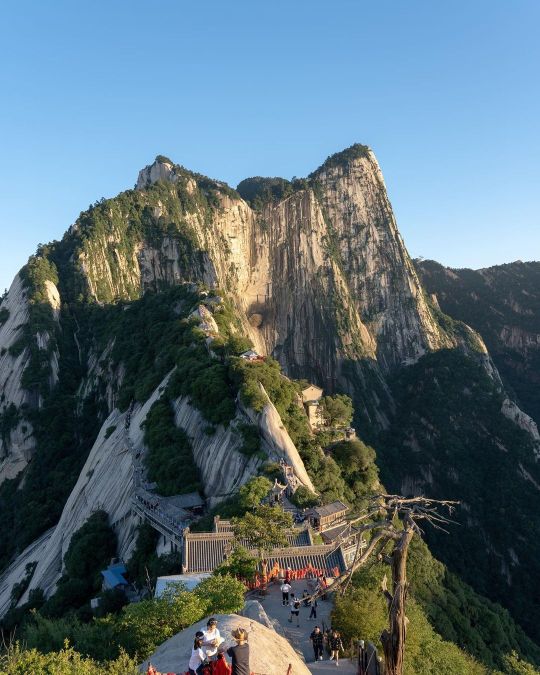
Next climb. . . . . . . . . . #华山 #huashan #mounthua #shaanxi #xian ##hike #explore #interesting #china #travelphotography #travelblog #travel #travelingram #traveltheworld #travelawesome #scenic #mountain #hiking #daoist #sunset https://www.instagram.com/p/ComzTyVyPa7/?igshid=NGJjMDIxMWI=
#华山#huashan#mounthua#shaanxi#xian#hike#explore#interesting#china#travelphotography#travelblog#travel#travelingram#traveltheworld#travelawesome#scenic#mountain#hiking#daoist#sunset
23 notes
·
View notes
Text


Mausoleum of the First Qin Emperor, Xi'an, Lintong District, Shaanxi Province
Alexander Schimmeck
2 notes
·
View notes
Text


4 notes
·
View notes
Photo

by Asif Saeed on Flickr.The hiking trails of Huashan, a sacred Taoist mountain located in Shaanxi Province, China.
2 notes
·
View notes
Text
The Collapse of the Han Dynasty and 350 Years of Disunity
The Collapse of the Han Dynasty and 350 Years of Disunity
Episode 20: The Age of Disunity
Foundations of Eastern Civilization
Dr Craig Benjamin (2013)
Film Review
According to Benjamin, the last decades of the Han Dynasty were characterized by corruption and infighting between the three groups of competing elites: the emperor’s eunuchs, the hereditary nobility and the Confucian bureaucrats. Simultaneously there was also substantial peasant unrest, most…
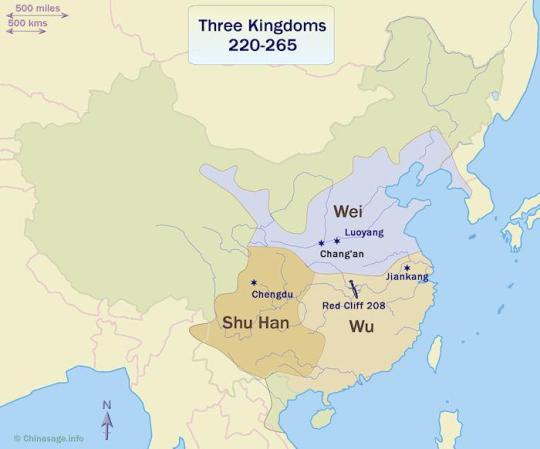
View On WordPress
#Buddhism#cao cao#cao pi#collapse of han dynasty#eunuchs#grand canal#jin dynasty#manchuria#shaanxi#shu#sui dynasty#wei#wendi#wu#xiongnu#yangdi#yellow turban rebellion
4 notes
·
View notes
Photo
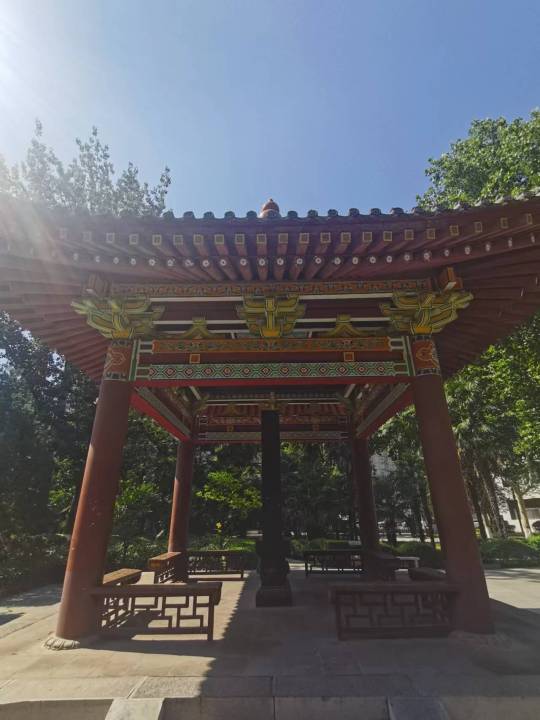

Memorial tablet to the 7th century Buddhist temple that once stood on this site. Taken this morning on my way to pick stuff up from the mailroom at my new apartment.
Northwest University, Xi’an, Shaanxi, China.
2 notes
·
View notes
Photo
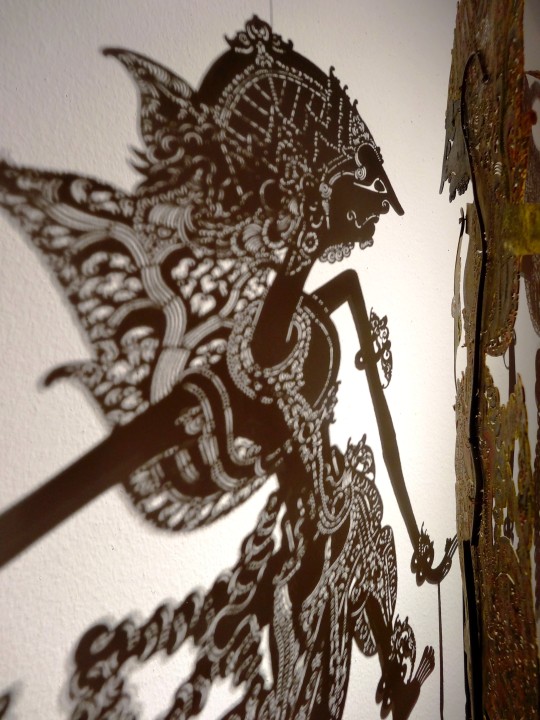



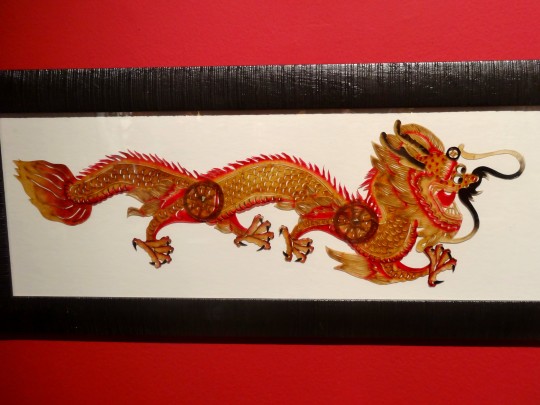




Retour à mon projet de présenter la plupart de mes 53880 photos (nouveau compte approximatif !)
2014. Marseille au printemps. A la Maison de l’Artisanat et des Métiers d’Art (la MAMA, désormais disparue hélas) il y eut une expo “Marionnettes et Théâtres d’Ombres d’Asie”.
- les 3 premières : Solo, Java
- Grands Cuirs - Cambodge et Thaïlande
- les 3 suivantes : Shaanxi, Chine
- Rahwana, roi-démon de Lanka - Tamil Nadu, Inde
- personnages du Ramayana - Andhra Pradesh, Inde
#souvenirs#marseille#MAMA#maison de l'artisanat et des métiers d'art#marionnettes et théâtres d'ombres d'asie#marionnette#théâtre d'ombre#ombre#grand cuir#cambodge#indonésie#thaïlande#shaanxi#chine#rahwana#mythologie#démon#monstre#divinité#lanka#tamil nadu#inde#ramayana#andhra pradesh#dragon#hanuman#singe
9 notes
·
View notes
Text
To protect his tomb or perhaps even to ensure he had a handy bodyguard in the next life, Shi Huangdi went a whole lot better than his predecessors. Rulers in ancient China commonly had two or three statues to stand as guardians outside their tombs but Huangdi went for a whole army of them. The Terracotta Army is actually one of only four in all likelihood as that portion so far excavated - 1.5 km distant from the mausoleum - is on the eastern side and is probably duplicated on the other three sides of the tumulus. Even this one-quarter section has not been fully excavated with only three of its four pits having been fully explored by archaeologists.
The main pit of the four which contain the discovered army measures 230 x 62 metres and is 4 to 6 metres deep. It had around 6,000 slightly larger than life-size depictions of infantrymen (1.8-1.9 metres tall), chariots and horses. The pit, originally with wooden columns supporting a wood beam ceiling, is partitioned by 10 brick-lined corridors. The floor was made from compacted earth which was then paved with over 250,000 ceramic tiles. The second pit, which is slightly smaller and R-shaped, had some 1,400 figures in it. In keeping with an obvious attempt to recreate exactly a real army, pit 3, measuring 21 x 17 metres, contains commanders and resembles a command post in the field.
Besides infantry, the army includes 600 horses and almost 100 chariots which carry officers and riders and have either a two, three, or four-horse team. The soldiers were set in regular rows and are depicted in different postures - most are standing while some are crouching. Their mix and particular arrangement of officers (slightly taller than everyone else with their general being tallest of all), cavalry, crossbowmen, skirmishers, archers, charioteers, and grooms give the illusion of a complete battlefield army ready for action. There are light infantry units with archers positioned at the flanks and front, the heavy infantry behind them, while chariots bring up the rear with their officers, matching the troop deployments mentioned in ancient military treatises.
The scale of the enterprise must have required a huge quantity of firewood to fuel the pottery kilns that made the figures, not to mention the countless tons of clay from local deposits needed to make figures weighing up to 200 kilos each. Besides the breathtaking finished result, the undertaking was a triumph of organisation and planning.
Much effort was made to render each figure unique despite them all being made from a limited repertoire of assembled body parts made from moulds. These parts are 7.5 cm thick and consist of a head, torso, leg, another leg acting as a plinth, two arms and two hands. Faces and hair, in particular, were modified to give the illusion of a real army composed of unique individuals, even if in reality there are only eight types of torso and head. Hands, too, were modified with straight or bent fingers and changes in the angle of the thumb and wrist. The figures were not glazed but were lacquered to protect them and painted using bright colours - traces of red pigment remain on some figures. It is astonishing to reflect that all of this almost infinite variety and realism was never intended to be seen by anyone.
Each figure would have held a weapon of some sort, probably real ones such as swords, halberds, spears, bows and crossbows, but most of these have long since been stolen, valued as they would have been for their bronze. Those swords still in place had kept their sharp edges, and each was inscribed with their manufacturer and supervisor. The warriors have seven variations of Qin armour which is (in imitation) typically in the form of riveted or joined panels of leather or metal, a design and materials confirmed by rare archaeological finds elsewhere and in text descriptions and other art forms such as tomb-paintings elsewhere. Some infantry do not wear armour, and shields are another notable missing item, despite evidence of their use in Qin armies from other sources. They, too, may have been stolen in antiquity as some figures do appear to have been holding an item in each hand.
#studyblr#history#military history#archaeology#sculpture#armour#swords#shields#qin dynasty#china#shaanxi#shi huangdi#terracotta army
0 notes
